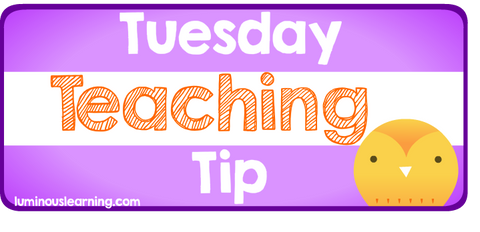I'm thrilled to be writing our very first blog post- welcome! We opened the doors to Luminous Learning nearly four weeks ago, after months of planning and researching and creating materials. With each passing day, we become more excited about the positive impact we can make in students' lives. I want to pass on some of that excitement to you by telling you a bit about why Luminous Learning exists and how you'll find our blog useful.
I worked with a teacher whose students would go to the corner deli during their lunch period. Midway through the school year, the teacher noticed that his students returned with suspiciously little change for the snacks they purchased. Accompanying his students to the deli, the teacher watched as his students went up to the cashier to pay for their snacks. One by one, the students received the wrong amount of change.
The students were affected by a myriad of learning disabilities-- ADHD, dyslexia, speech and language impairments, dyscalculia-- that hindered their mathematical reasoning skills and their ability to perform basic math calculations. Rather than struggling to decide how much change they should receive, the students trusted the cashier to hand back the correct amount. The cashier took advantage of this; five dollar bills became one dollar bills, coins disappeared. Fortunately, the teacher was able to intervene and prevent his students from getting shortchanged.
This is a common problem for students with learning disabilities but there won't always be a teacher or parent present to protect their students. We're here to help make sure your students don't end up in a similar situation.
Luminous Learning allows students to practice the math skills necessary to become confident math learners. Our worksheets are specially crafted with visuals and clear examples that support students' understanding of math concepts. Together, we can help your students and children navigate math in the real world on their own.
We're creating our blog to be a resource for teachers and parents of students with learning disabilities. We'll be summarizing the latest education news and highlighting the best instructional practices in teaching math, especially to struggling math learners. We want to give you practical tips and strategies that you can begin to implement in your classrooms or with your children today.
We hope you're as excited as we are to help your students and children become more confident mathematicians. Check back with us regularly to learn math strategies and tips! And please always feel free to leave comments about your own experiences in education.





